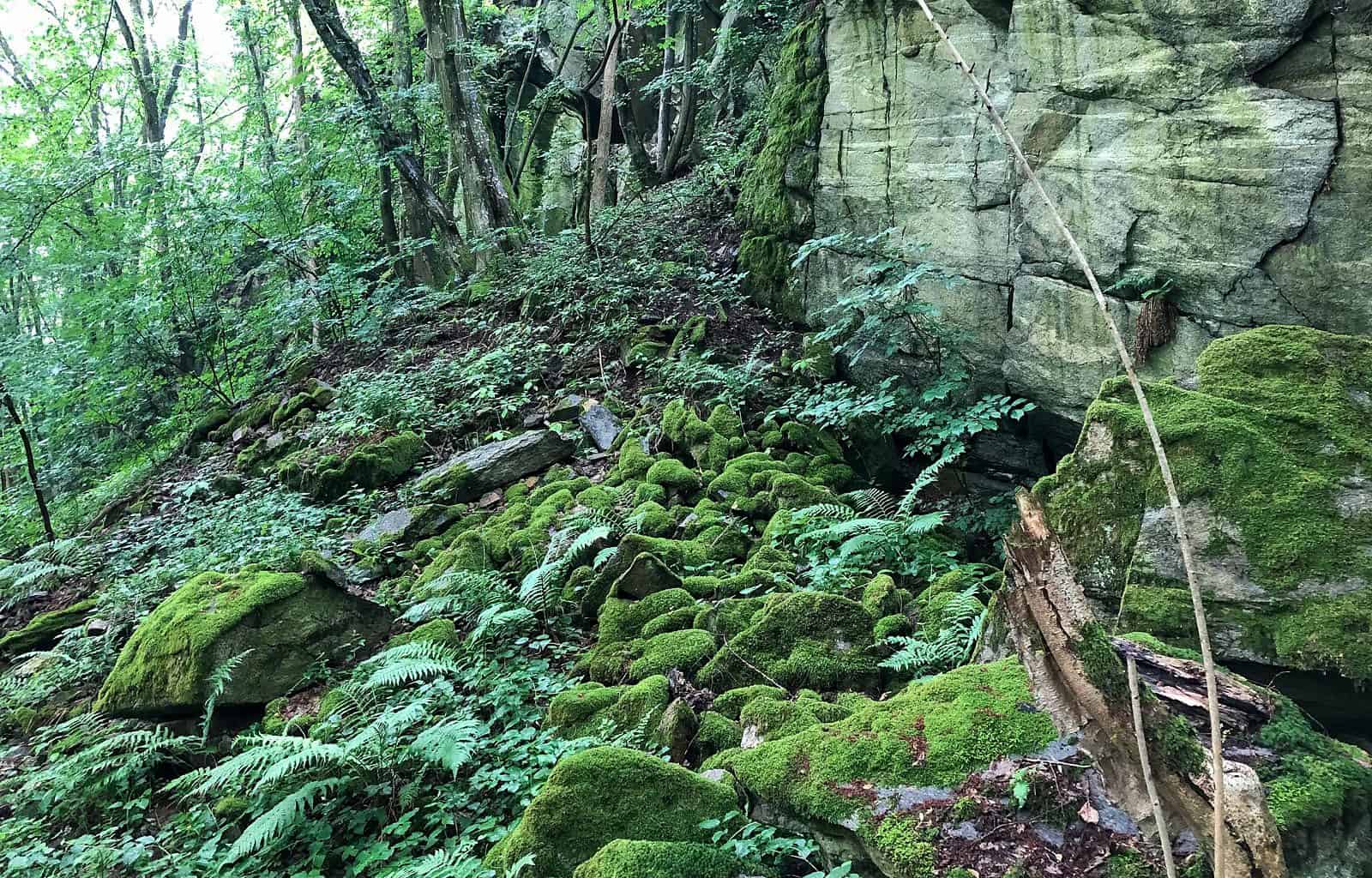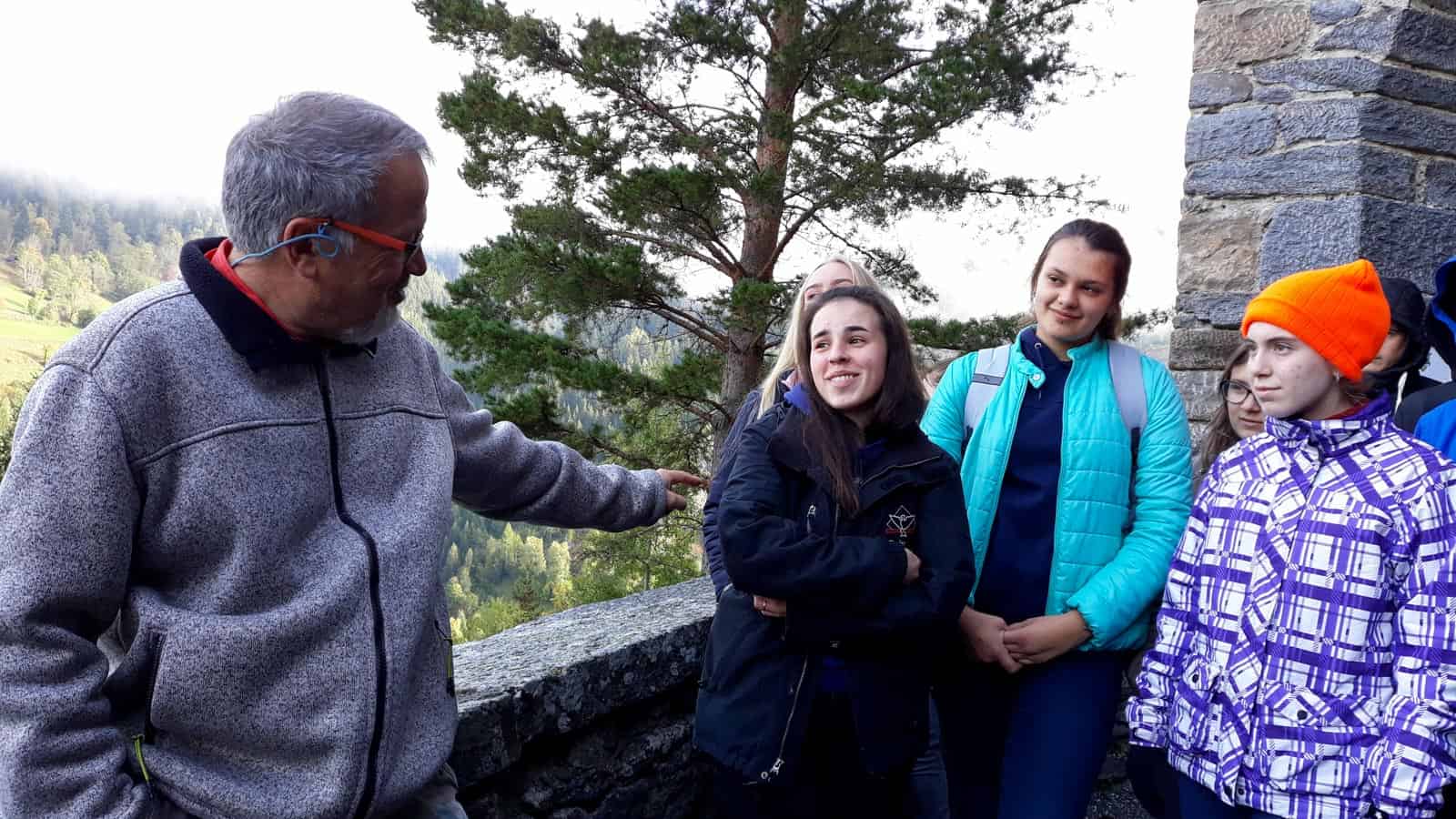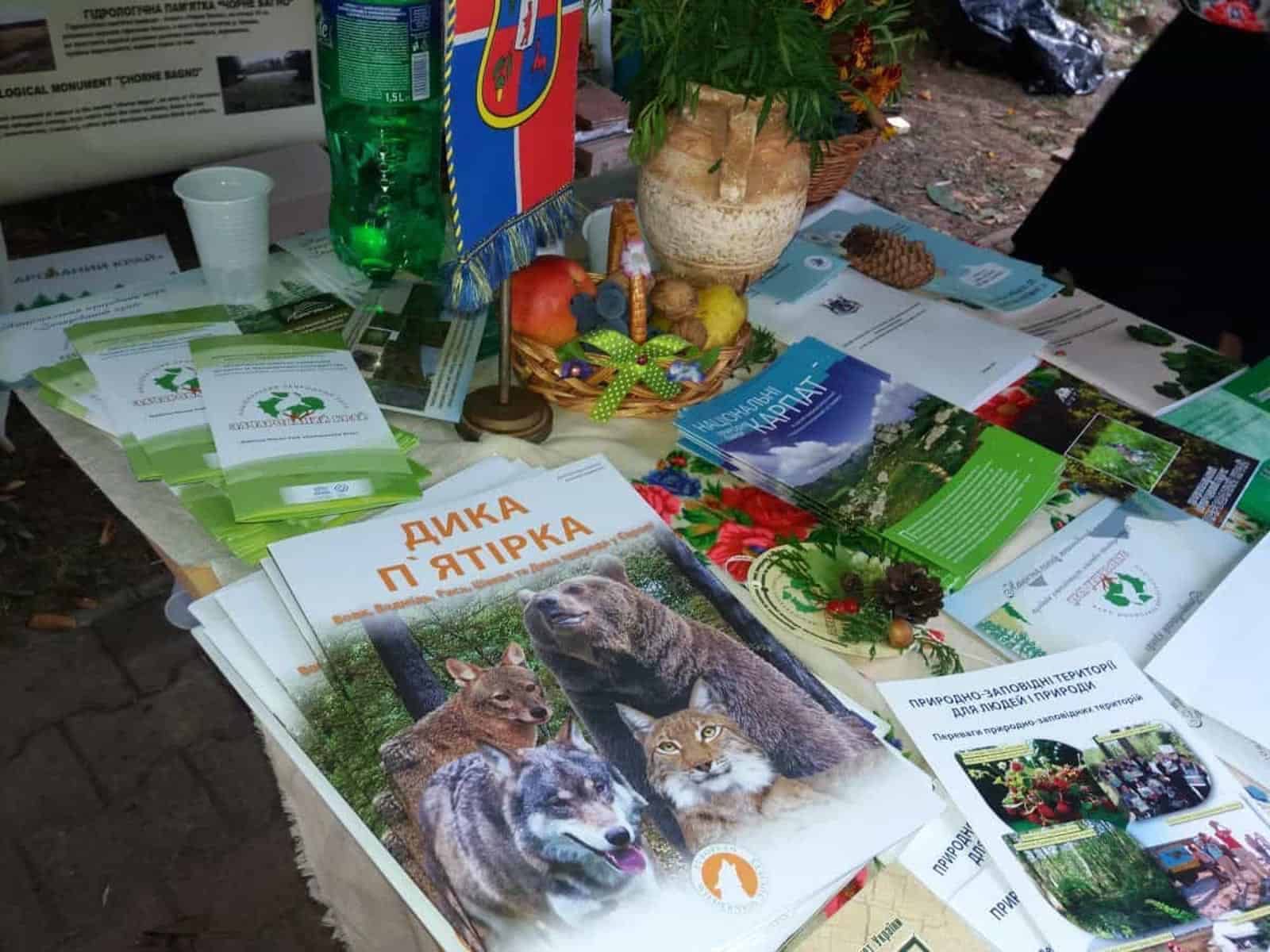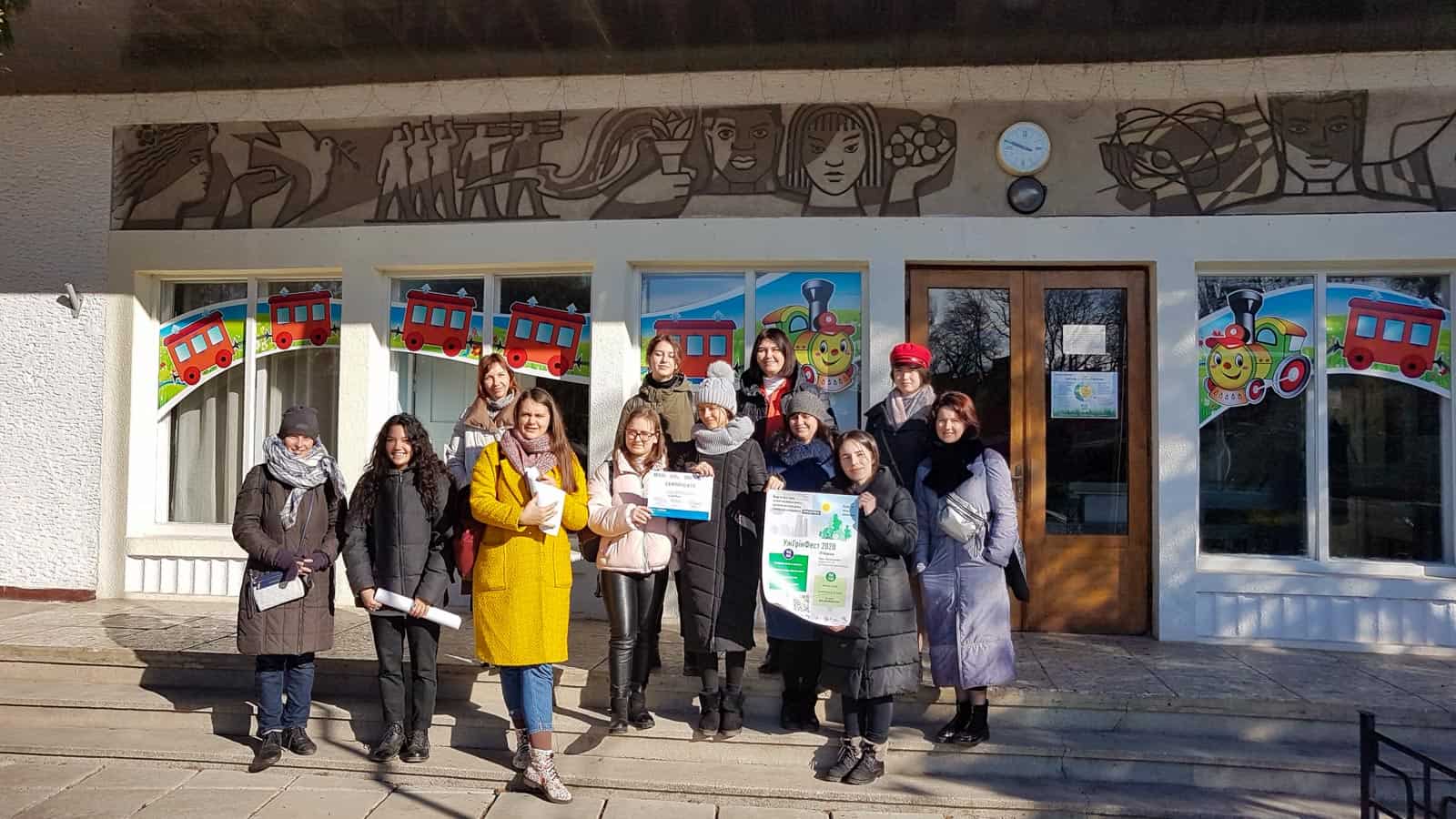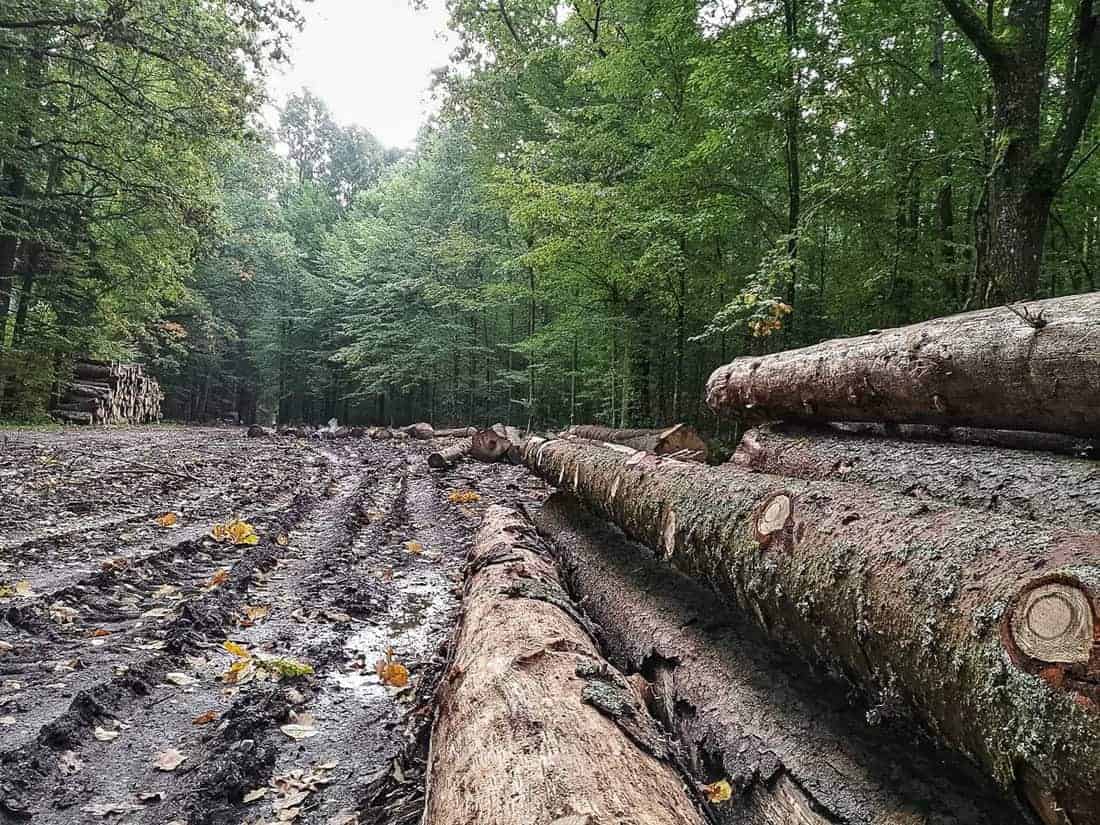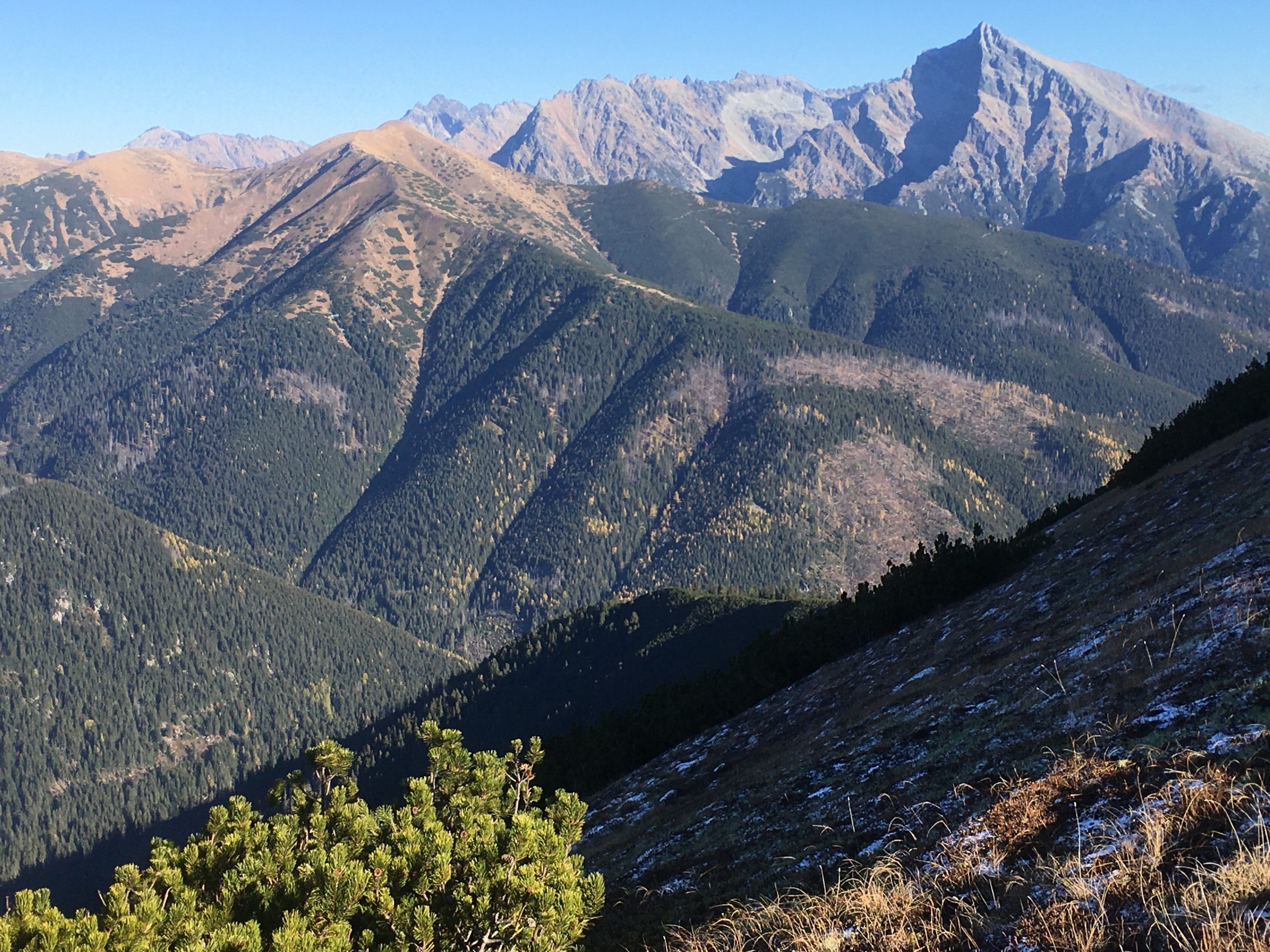First forest webinar tomorrow
Tomorrow, 23rd July, our first webinar about the role of biodiversity in forests will take place. At 13.15 we start with the topic “Biodiversity in commercial forest – the future of forests in the face of climate change”. Speaker Gerald Blaich will explain how he manages his commercial forest close-to-nature and sustainable. Afterwards, there is room for questions and discussion.
Please also read: Letting the forests grow old again
For 37 years, Gerald Blaich has been managing 1300 ha of forests at “Stift Zwettl” in a close-to-nature manner. He uses small-scale timber use, a large proportion of natural rejuvenation and tree species that are adapted to the location to create a natural and resilient forest. Hence, he sees damages due to storms, snow and bark bettles as opportunities to swiftly replace spruce monocultures with mixed deciduous forest. He also pays special attention to the way the timber is harvested to reduce damages on trees and soil. “Old wood islands” spread over the forest create habitats for many species like tree cavities and wetlands. And a crucial part of the management strategy is game management that includes targeted hunting and “wandering fences” that project young trees from bark stripping. There are also 12 ha of forest that are completely non-intervention to boost biodiversity.
Biodiversity protects forests
Gerald Blaich gained responsibility for the forest at Stift Zwettl in 1983 and recognized soon that spruce monocultures are no future proof forest. So, he started to transform the forest using 18 native tree species including maple, oak and fir. Soon, nature proves that it does not need our help. While an explosion of the bark beetle numbers in Lower Austria destroyed many spruce monocultures, his forest remained intact. And natural rejuvenation creates a new healthy and strong generation of trees.
Biodiversity creates a buffer for future developments.


